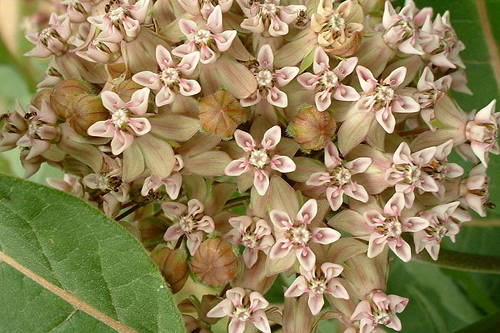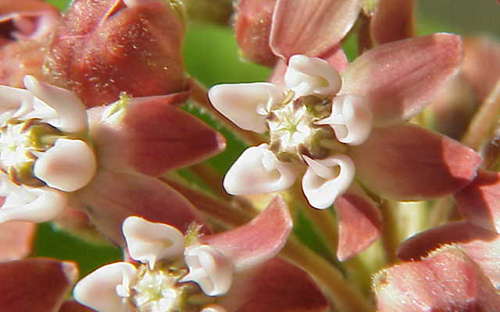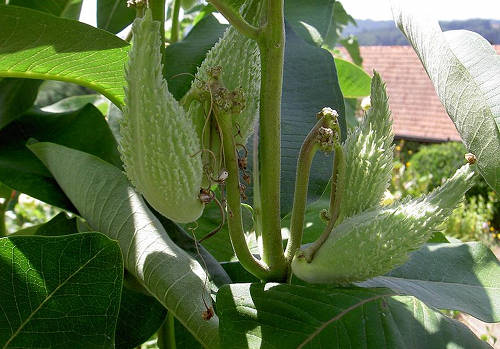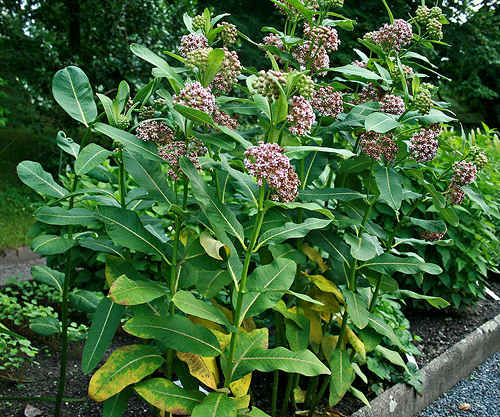
Names
Asclepias, Butterfly Flower, Silkweed, Virginia Silkweed
Description
Perennial which reach three to six feet. Stems are unbranched and covered in short hairs. Leaves are oblong, three to eight inches long and opposite. Flowers are pink / lavender, grow in a ball-like clusters and very fragrant. Fruit grows in brown flat, brown pods.

Concern Level
Only during drought conditions, unpalatable.
Toxic Parts
All parts of the plant are toxic.

Symptoms
Dizziness, depression, bloating, lack of coordination, drooling, lack of muscular control, spasms, seizures, colic, rapid, weak pulse, trouble breathing.
Danger
Contains galitoxin and cardenolides which can be fatal.

More Information
*It should be noted that we are not veterinarians. This information is written specifically for horses and should be used for reference purposes only. If you think your horse has eaten something toxic call your vet right away.
